Pope John Paul II once famously described Western society as a “culture of death.” But what does that term mean? It refers to a civilization that endorses lethal omissions and even outright killing by doctors to alleviate suffering or resolve life crises.
“Culture of death” is most often applied in the context of euthanasia, assisted suicide, and abortion. A few decades ago, most such acts were outlawed and widely scorned. Not anymore. The sad fact is that now most people tolerate- and some even celebrate — the culture of death as necessarily linked to secular individualistic modernism.
How did our culture become so indifferent to the sanctity and equality of human life? Roe v. Wade had a lot to do with it, of course. But subsequent to that, three major cultural tipping points fueled popular acceptance of death-culture paradigms.
Jack Kevorkian: Between 1991 and 1999, Jack Kevorkian assisted the suicides of about 130 people. He broke into the headlines after admitting that he had assisted the suicide of Janet Adkins, who had been diagnosed with early-onset Alzheimer’s disease. Kevorkian’s disclosure was met with widespread revulsion — even declared “outrageous” by the New York Times. But as he defied moral convention and the law — he was found not guilty of assisted suicides in acts of blatant jury nullification — the worm turned. By the time he was finally convicted of murder in 1999, Kevorkian’s assisted suicide campaign was widely accepted in public polling, he had been lauded repeatedly on 60 Minutes, and he had even been invited to Time magazine’s 75th Anniversary Gala, where Tom Cruise rushed up to shake his hand. After his release from prison, Kevorkian was restored to mega-celebrity status, receiving $50,000 per speech while being depicted sympathetically by Al Pacino in an award-winning film hagiography.
The Case of Terri Schiavo: The death of Terri Schiavo was a true culture-changing moment. Before the very public court battle between Michael Schiavo and Terri’s family, many people were unaware that cognitively disabled patients can legally be dehydrated to death via the removal of feeding tubes. But after Terri’s family (in alliance with the disability rights and pro-life movements) spent years striving in vain to save her from dehydration, this form of quasi-euthanasia became both widely known and actively supported by polling majorities.
Planned Parenthood’s Fetal Organ Harvesting: In 2015, the pro-life Center for Medical Progress began releasing a series of undercover videos of Planned Parenthood executives describing in sickening detail how their abortionists preserve fetal organs and tissues for illegal sale — or legal expense reimbursement, according to Planned Parenthood. At first, there was widespread outrage at executives chirpily telling undercover investigators that abortion techniques could be adapted to “crush” fetuses in a “less crunchy” manner. But by the time recently released videos showed abortionists at a convention ghoulishly laughing about “eyeballs rolling into our laps,” the general public no longer much cared.
Each of these events followed the same pattern: Initial outrage was replaced by justifications, which eventually turned into either explicit popular support or, more commonly, shoulder shrugging. This process was not accidental; public attitudes were pushed along by powerful cultural forces.
The media took sides in each of these cultural conflagrations and helped shape public opinion. Jack Kevorkian was (and still is) depicted in the press as helping only the “terminally ill” commit suicide. This was blatantly untrue. In fact, about 70 percent of Kevorkian’s customers — I refuse to call them patients — were not dying and at least five were not even sick.
Similar failure to report the facts can be found in the Schiavo case. Michael was usually described by the press as a loving “husband.” Rarely mentioned: When he started court proceedings to have his wife dehydrated, he was already living with a new fiancée (with whom he had two children by the time Terri died) — which could accurately be construed as marital abandonment.
The Planned Parenthood situation was even more egregious. Many major outlets ignored the story, and when they did finally report on it, they described the videos as “discredited” because of propagandistic editing — even though the Center for Medical Progress posted the raw tapes in full for anyone to view.
“Expert” bioethicists also influenced public attitudes in these cases. The field’s predominant voices supported assisted suicide, even if they did not fully celebrate Kevorkian. The bioethics movement was virtually unified behind Michael Schiavo, and the medical and bioethics establishment have all stood as bulwarks defending Planned Parenthood.
Society’s primary purpose is now understood to be the elimination of suffering. In this climate, killing that is motivated by “compassion” often finds strong public support. Kevorkian quickly became popular after he stopped describing his participation in assisting suicides as a step toward human experimentation — explained vividly in his book Prescription Medicide — and instead proclaimed that it was based in a desire to eliminate suffering. Similarly, Terri Schiavo’s husband claimed that his wife would not have wanted to live in such a profoundly disabled condition — even though, when seeking monetary damages, he had told a malpractice jury a different story. Planned Parenthood’s organ harvesting was justified as supplying much-needed material for medical researchers to use in their discovery of cures.
If compassion is the shield that defends the culture of death, autonomy is the spear used to expand its territory. Kevorkian claimed that he had merely helped people fulfill their wish to die. Michael Schiavo testified that he was only doing what Terri had told him she would want. Planned Parenthood defends all abortion-related activities as justified by the “right to choose.”
Each of the three tipping points involved different circumstances. But they struck similar cultural chords, and ultimately expanded the scope of the culture of death. Considering these outcomes, can we still defend against the normalization of lethality in the medical context?
[Wesley Smith, a senior fellow at the Discovery Institute’s Center on Human Exceptionalism, posted this piece on June 9, 2017 at https://www.firstthings.com/web-exclusives/2017/06/three-culture-of-death-tipping-points]





Nice post. I learn something new and challenging on blogs I stumbleupon on a daily basis. It will always be useful to read through content from other authors and practice something from their web sites.
Comments are closed.